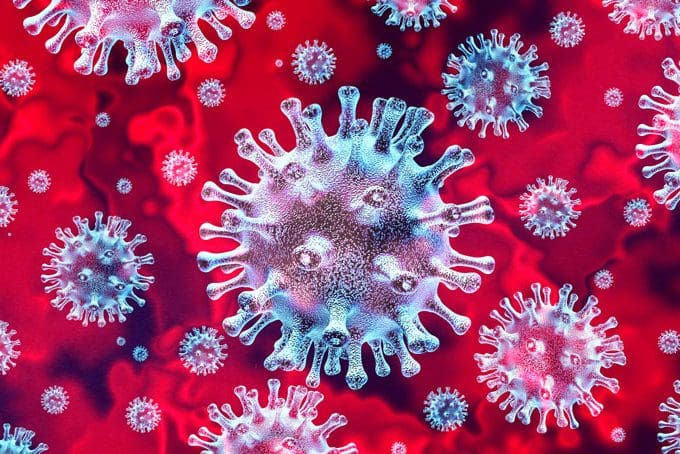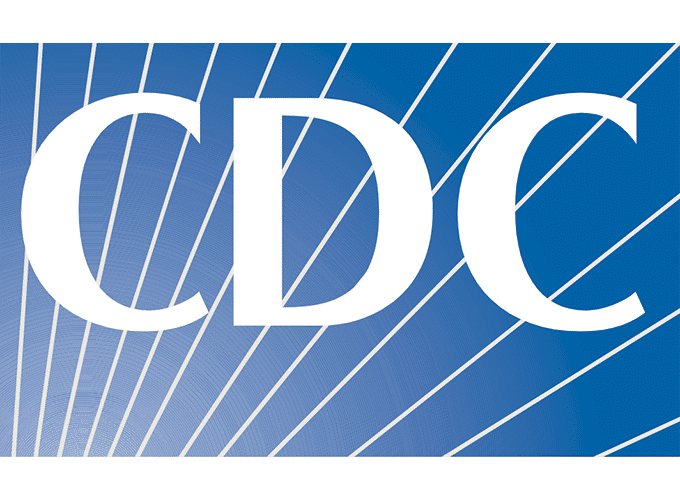
Share Your Expertise at the NCCHC Spring Conference on Correctional Health Care
Help shape the future of correctional health care.
Home Recorded Webinar Highlights New CDC Guidance for Correctional and Detention Facilities
 May 23, 2022
May 23, 2022On May 19, Liesl Hagan, MPH, Senior Scientist for Correctional Health, Office of the Deputy Director for Infectious Diseases at the Centers for Disease Control and Prevention presented the newest CDC guidance for COVID-19 in correctional facilities.
The recorded webinar can be viewed through this link (no charge).
The slides can be downloaded through this link.
In the webinar, Ms. Hagan explained that the CDC has shifted from limiting the spread of COVID-19 to minimizing severe outcomes. In the U.S., there are high levels of population immunity from vaccination or infection-induced protection; recent variants have been associated with milder disease; and there is broad availability of tools and treatments to prevent severe health outcomes for people who get infected.
COVID-19 prevention strategies for corrections are separated into two groups: strategies for everyday operations and enhanced prevention strategies for times when risk increases. Facilities should determine if enhanced prevention strategies are required by looking at COVID-19 community levels and facility-level factors that include vaccination coverage, transmission in the facility, risk of severe health outcomes, and structural characteristics such as ventilation systems and type of housing.
Ms. Hagan offered insights into the pros and cons of testing or an observation period upon intake. She explained that it may not be feasible to use all enhanced strategies because of resource constraints and facility characteristics and that facilities can target specific areas. CDC acknowledges the importance of balancing COVID-19 prevention and mental health and education and recreation opportunities. She also highlighted quarantine challenges and strategies based on individuals and cohorts and the need for flexibility.
A final critical point was that facilities providing health care services should use CDC’s Infection Prevention and Control Recommendations for Healthcare Personnel for patient care areas, rather than corrections-specific guidance.


